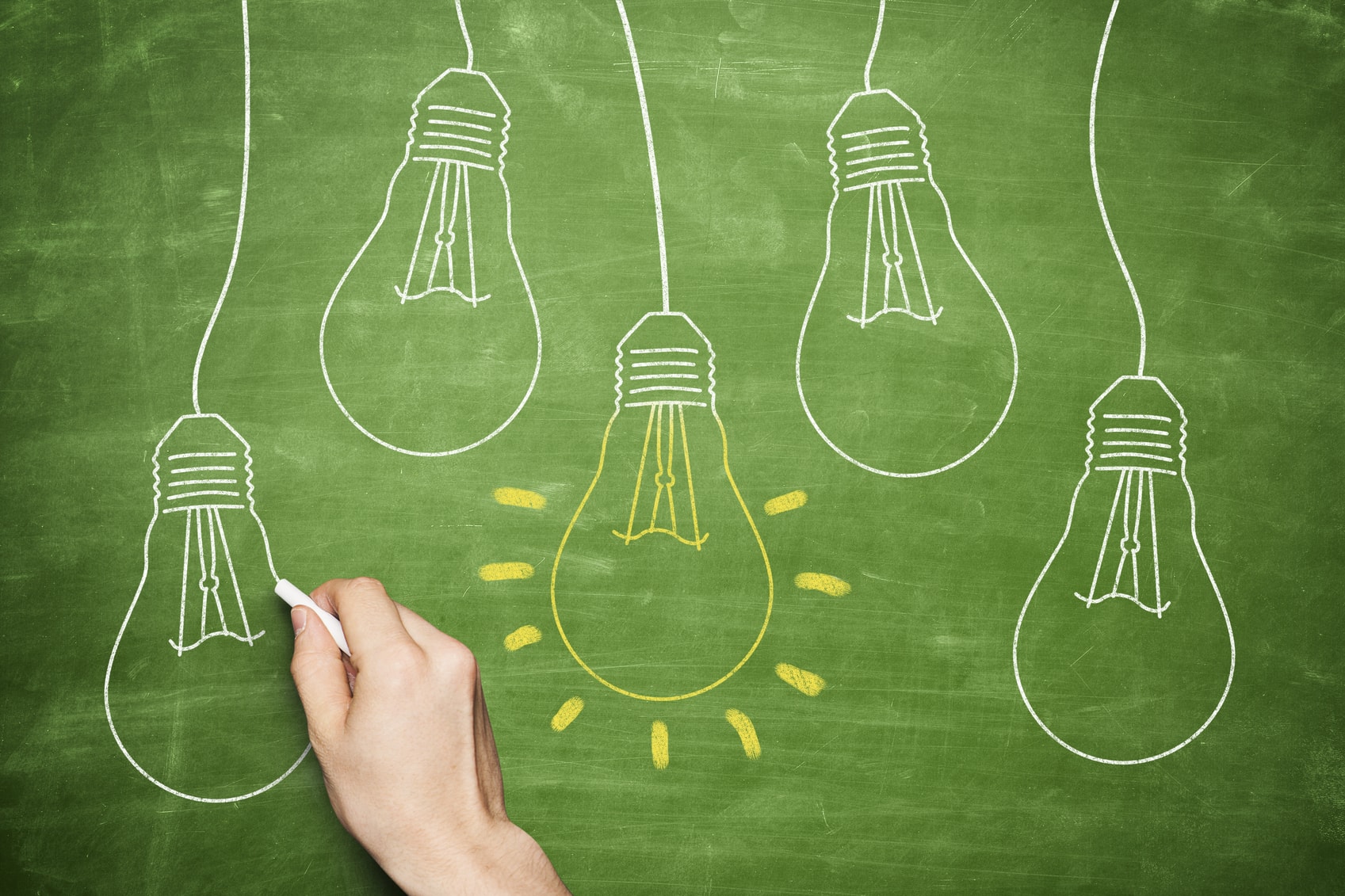
To say Silicon Valley is an innovative place is an understatement. Some of the brightest minds and biggest ideas flourish in this small San Francisco Bay area community. It’s home to the likes of Google, Apple and Facebook along with hundreds of other cutting-edge companies.
In our lightening paced, interconnected global economy innovation is often a litmus test for a company’s staying power. Today, there’s no resting on the laurels of your last great idea. In order to maintain a diverse range of products, services and technology that Silicon Valley is known for, innovators need to be well versed in the art of brainstorming.
It’s true that some ideas may pop into your head out of nowhere or by chance. But when it comes down to it, idea generation is a skill that is honed through intense practice.
In order to get thoughts flowing and minds percolating, Silicon Valley companies like Ideo hold dedicated sessions to generate new and creative ideas. It’s a practice that every business can benefit from.
Better Brainstorming: Use These Silicon Valley Techniques to Come Up With Your Next Big Idea
If you’re looking for your next big idea or you need to solve a seemingly unsolvable problem, then it may be time for a brainstorming session. But not just any brainstorming session – you’ll want a highly productive, thought-flowing session that can dependably inspire creativity. In order to turn your session into a swirling maelstrom of new thought, follow our tips below.
Select a Facilitator for the Session
It’s important to know who will be leading the brainstorming session before you even get into the room. This person has a firm grasp of the goals and objectives for the session and is tasked with making sure all participants stick to the ground rules and keeping the session focused and on track. Good facilitators also encourage discussion. They’re the ones who get the conversation going and pick the energy back up when it begins to wane. This person is also in charge of documenting all of the ideas that get generated.
Two (or More) Brains Are Better Than One
Ideo’s brainstorming is based on collective idea generation. They always have 3-10 people involved in a brainstorming session to ensure all ideas and aspects are being fully explored from different perspectives.
Schedule Brainstorming Sessions in the Morning
You may recall one of our previous posts that discussed Dan Ariely’s concept of golden hours. The Duke University psychology and behavioral economics professor has found that our most productive hours of the day tend to be in the morning when we’re fresh. As the day progresses decision fatigue can set in and make it more difficult for ingenious ideas to form.
Start With a Clear Objective
Brainstorming is a creative process, but structure keeps things on track. Before the session, clearly state the objective you are trying to reach. What is the problem you are trying to solve? The more specific you can be the more effective the session will be. Write the objective down where it’s visible for all to see during the brainstorming session.
Make the Session a Safe Zone
Before the brainstorming session begins, it’s helpful to lay down some ground rules that reassure the participants. Make it clear that no idea is too crazy and the session isn’t a place of judgment. Everyone needs to be respectful of each other and check their egos at the door. Creative thinking isn’t about limitations and holding back. Brainstorming is a chance to think big. Google only has three rules for brainstorming and one of them is “think 10x”.
Build on Ideas
The process doesn’t end once a good idea is thrown out and written down. Now it’s time to build on the idea and look at it from every angle possible. Everyone can get involved in the building, not just the person who suggested the idea. That inherently means participants need to be okay with sharing ownership of the idea and not get offended when others ask questions.
Get Out of the Office
Creativity can be sparked prior to the brainstorming session by getting out of the office or away from your desk. Getting hands-on or looking at things from the customer’s perspective can help you see things in a totally new way.
Go After as Many Ideas as Possible
The main goal of the brainstorming session is to generate ideas. It’s one of the few time when quantity trumps quality.
Brainstorming can be a fun, creative process, but it also has to be productive. No one wants to feel like they’ve wasted valuable time generating ideas that will go nowhere. After any brainstorming session is complete, it’s crucial to keep ideas moving forward by determining next steps and taking action where necessary. Innovation occurs where creativity, structure, and action come together.
